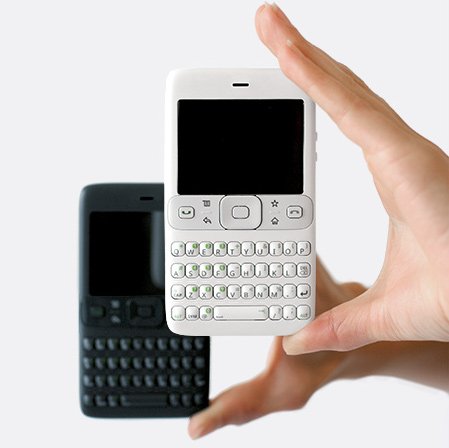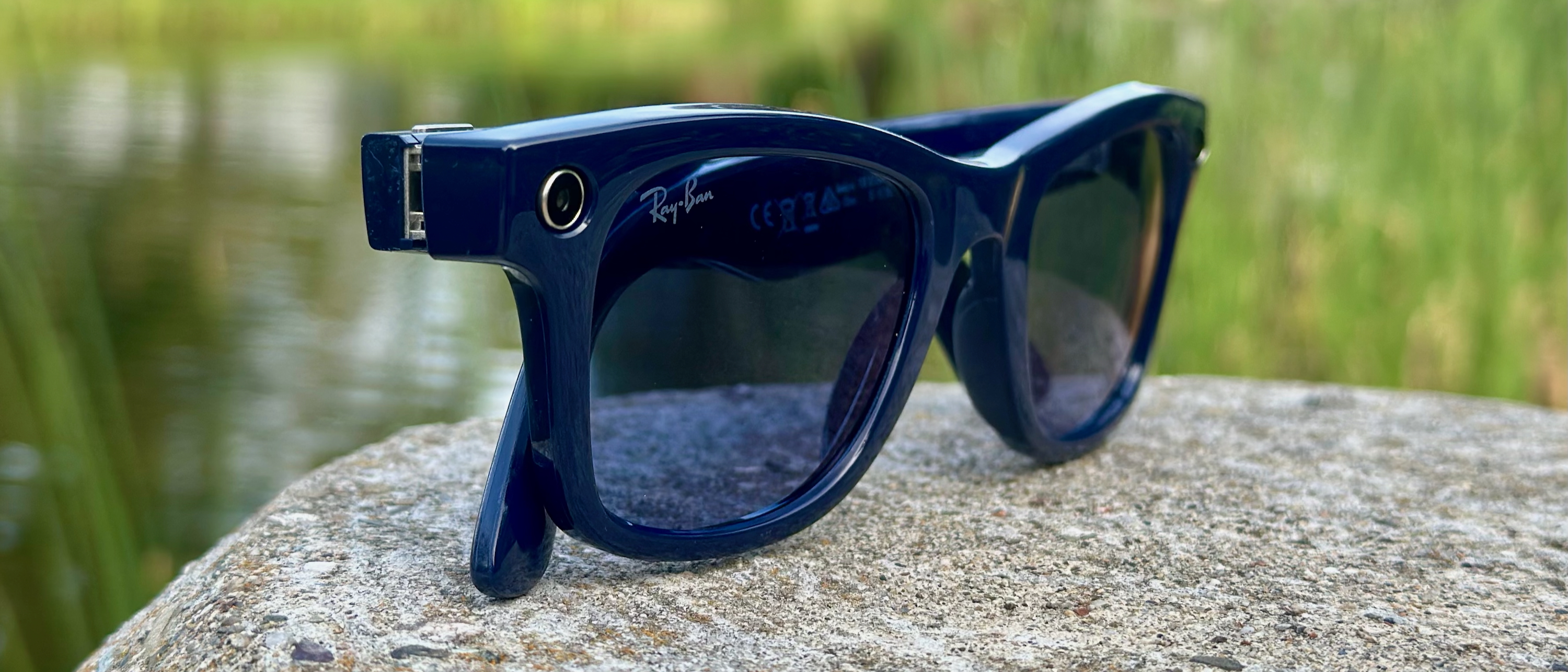Great things, like the Android OS, change with the times

Suddenly today, the Internet is all a buzz with the prototype version of Android devices from the mid-2000s. Maybe it has something to do the millionaires at Oracle and Google fighting each other in court today over the money in our pockets. Or maybe it's because Android is so awesome that every little thing about it makes for a great headline. Probably a little of both. In any case, we figured we'd have a look ourselves at how things that are great go through changes. Back in '06, Android looked a lot like the ChaCha BlackBerry. Pretty much all good smartphones did. That prototype phone was called the Sooner, and there are still a few of them floating around today. I wish I had one myself. That's a picture of one above, courtesy Mike and Maaike. At the time, that's what smartphone users wanted -- an easy way to see content, and communicate quickly via text. Hence the QWERTY. I've never used one, but I imagine for things like e-mail and texting they were awesome. My old BlackBerry was, and sometimes I miss it. But again, things change.
Then, in late 2006 LG introduced the LG KE850, also known as the LG Prada. It was a 3-inch capacitive touch screen phone that put multimedia content into a smartphone. After winning multiple awards for design, and selling over a million units (which was an amazing feat back then), things had to change. On the heels of the debut of the KE850, a little company called Apple decided to try their hand at a touchscreen based smartphone. That changed everything, for just about everybody -- including Google. The anticipated 2007 release of the Sooner didn't happen, and instead we had to wait for Google and T-Mobile to have a love fest and deliver us the T-Mobile G1, which incorporated the QWERTY with a touch screen. Other companies didn't rest on their heels either, phones like the HTC Touch Diamond and BlackBerry Storm showed up with varying degrees of success. It was obvious that capacitive touch screens could add multimedia to the user experience, and the modern smartphone was born.
Change is good. As long as it's done right, most of us can get on board. Heck, even old dinosaurs like myself now use touch screen phones with no keyboard, and secretly we enjoy it. It's significant because products that don't change to reflect what users want will slowly wither on the vine, and great engineers and designers keep a finger on the pulse of the users and deliver. Android, and all modern smartphone operating systems owe much to the pioneers of media-centric smartphones, and we hope things never stop changing for the better.
More: The Verge
Get the latest news from Android Central, your trusted companion in the world of Android

Jerry is an amateur woodworker and struggling shade tree mechanic. There's nothing he can't take apart, but many things he can't reassemble. You'll find him writing and speaking his loud opinion on Android Central and occasionally on Threads.
